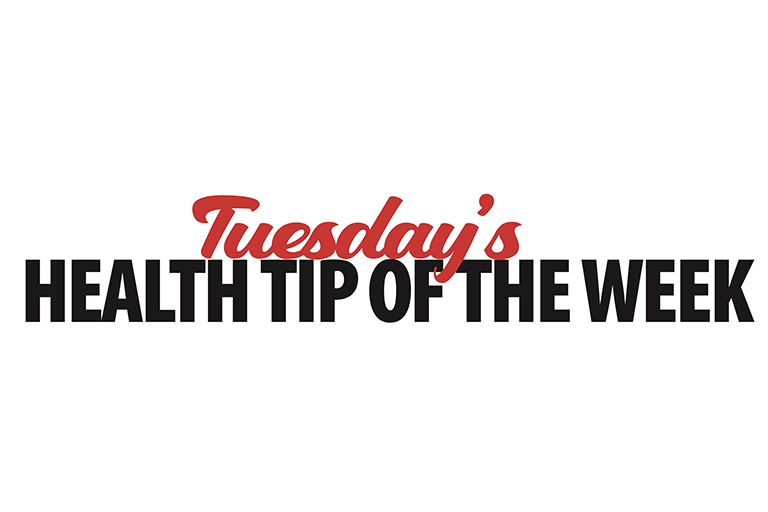Century Park Blog

About 250,000 women in the U.S. are diagnosed with breast cancer each year, with nearly 40,000 women dying from the disease annually. On average, a woman who lives to be 90 or older has between a 10% and 15% chance of developing breast cancer.
Awareness, healthy lifestyle choices and screenings are vital to reducing the impact of breast cancer.
Breast cancer is the most commonly diagnosed cancer and the fifth leading cause of death among women according to the Centers for Disease Control and Prevention (CDC). Detecting breast cancer early is key to the best possible outcomes. Undiagnosed breast cancer can lead to serious complications and even death.
Women should conduct regular self-exams to ensure there are no lumps or other red flags. A mammogram, or X-ray of the breast, is a proven method of determining if you have any breast abnormalities. Although mammograms don't reduce the risk of developing breast cancer, screening does allow your doctor to detect breast cancer in its early stages, which is important for effective diagnosis and treatment.
Start having yearly mammograms at age 40. If you have family history of breast cancer, start your exams 10 years prior to your family member's diagnosis. For example, begin yearly mammograms at 37 if your mother was diagnosed at 47.
In addition, a yearly physical exam is a good way to review your risk for breast cancer and discuss an appropriate screening schedule. And, as always, your health care provider is the best resource for any questions or concerns about your health.



